3D printing to be the game changer in manufacturing
May 7, 2020 3:31 pm
Swapnil Sansare, CEO, Divide by Zero, talks about the wide range of 3D printing applications provided by his company and how the fusion of technologies will be the future trend in industrial manufacturing.
Can you walk us through your products and services profile?
We are into polymer 3D printers. Recently, at IMTEX, we showcased a range of forming tools that were made using polymer 3D printers which cater to the sheet metal forming industry. A major challenge that this industry faces is the extended delivery time for tools, which could be 15-20 days to one month. But on a 3D printer, you can build these tools, including small welding motors, overnight or it can be done through a vendor in a week’s time. With this technology, the SME sector will be able to take orders and deliver within few days instead of two months. We got an amazing response for it and our customers are very happy because OEMs tend to face a lot of downtime for manpower and machines. They also have to reject small orders due to lack of tooling. And now with this rapid cooling option, there is a whole new Pandora’s Box opening up for them. Moreover, although 3D printing cannot be used for mass manufacturing, it can manufacture an entire product with its individual parts without using different tools and fixtures like how CNC applications require.
Another problem that we are addressing for Indian manufacturers is that there are a lot of moisture issues in coastal areas, as a result of which the raw material used in 3D printing absorbs moisture and does not perform mechanical or thermal properties. So we have introduced an active filament dehumidifier, which dries the filament while the machines are running. We also have a tabletop vacuum forming machine through which manufacturers can design packages and make the vacuum forming pattern on a 3D printer, and then get the sample from the tabletop vacuum former. It is very affordable. A lot of companies face issues in prototyping their packaging, and when companies in the sheet metal industry handle their finished goods on a small volume, they also need specific handling solutions. These solutions can be made out of this vacuum forming machine on a low volume. We also manufacture a very large printer that has a very high throughput. One can print up to 50 gm at a very high speed, while standard printers can only print only 30-35 gm.
Which industries do you cater to for 3D printing?
We serve different industries including biomedical, electronics, telecommunication, casting, pump, packaging, sheet metal forming, construction and so on. Construction faces a huge challenge in terms of sourcing labour, and 3D printers can solve that problem as it can constantly keep 3D printing without the intervention of human labour, thereby saving not just labour cost but also time.
How does your 3D printing services resolve the challenges faced by sheet metal industry?
The biggest problem faced by sheet metal companies in India is that margins are very low for large orders, and a recent trend seen is that customers are asking for customisation. Also, there is a lot of prototyping that happens in sheet metal forming. But now with our rapid tooling technology, companies can earn good margins for even small orders that could be as low as 5-10 pieces. This will help small companies too to survive in the industry, as they won’t face much idle time on their machines and they can execute orders rapidly in a cost-efficient manner. A lot of our customers tried our rapid tooling systems and were impressed with the product as well as the cost, which is one-tenth of what one will get in the market.
With this kind of demand from our customers, we will start looking at more complicated tooling even for sheet metal forming. This will create a disruption in the industry as Indian manufacturers will not have to go to China for procuring sheet metal components; they can manufacture it locally. That is our vision now. Earlier our vision was to become one of the world’s top five manufacturers in 3D printing; now we wish to empower 1 million SMEs by 2030 with advanced manufacturing. Once we started working towards this goal, we realised that we have to work more on industrial applications so that our customers can see the kind of value we can add to their business.
Please explain how laser technology and 3D printing can work hand in hand Laser-based 3D printers are a growing application and we are already providing them to our customers. We have developed one for polymers and are looking at developing laser-based 3D printers for metal as well. These printers form components at an extremely high speed. The fusion of two technologies is going to be the future, be it additive or subtractive fusion. And we are already working on that.
What are your plans and projections for coming 3 years?
We are looking at getting into metal 3D printing. We are already into construction and laser centring. We will also work closely with SMEs on the development of applications by visiting their shop floors, and understanding and solving their problems. This technology can solve a whole range of problems. We will educate them about the value we provide and how they can build change in their business. Product innovation will be on the backburner for us. For the present, we will focus more on application development so that we can expand the requirement of 3D printing by empowering all the industry segments.
——————————————–
Earlier our vision was to become one of the world’s top five manufacturers in 3D printing; now we wish to empower 1 million SMEs by 2030 with advanced manufacturing.
Swapnil Sansare, CEO, Divide by Zero
———————————————
Cookie Consent
We use cookies to personalize your experience. By continuing to visit this website you agree to our Terms & Conditions, Privacy Policy and Cookie Policy.



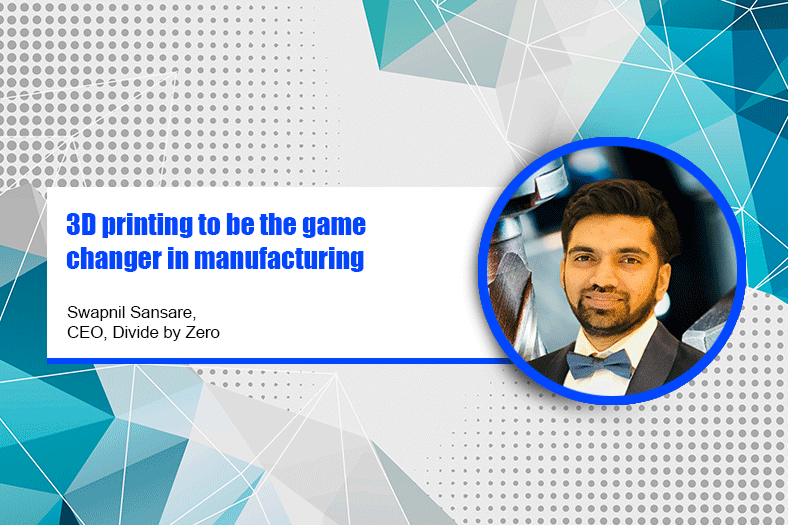





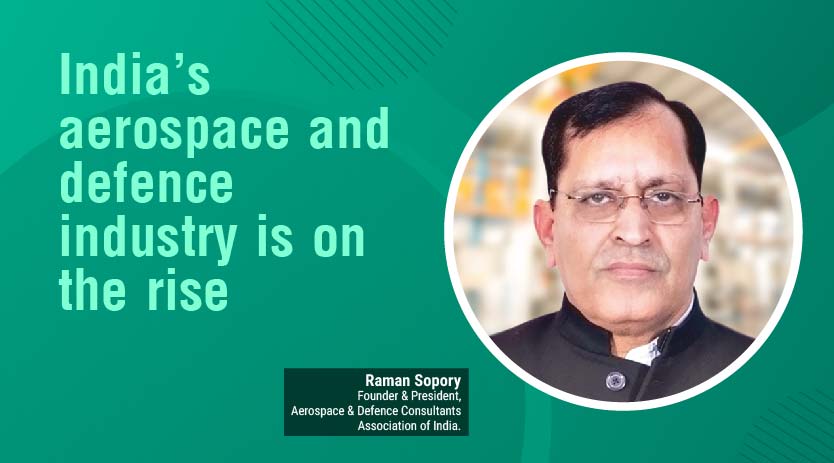

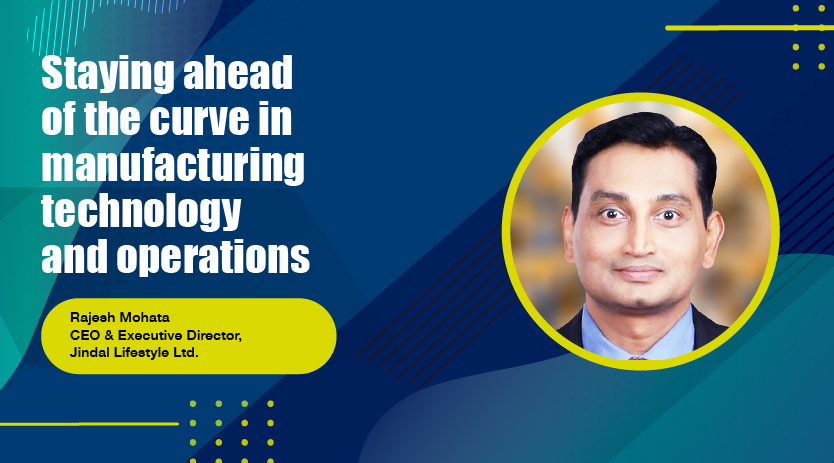
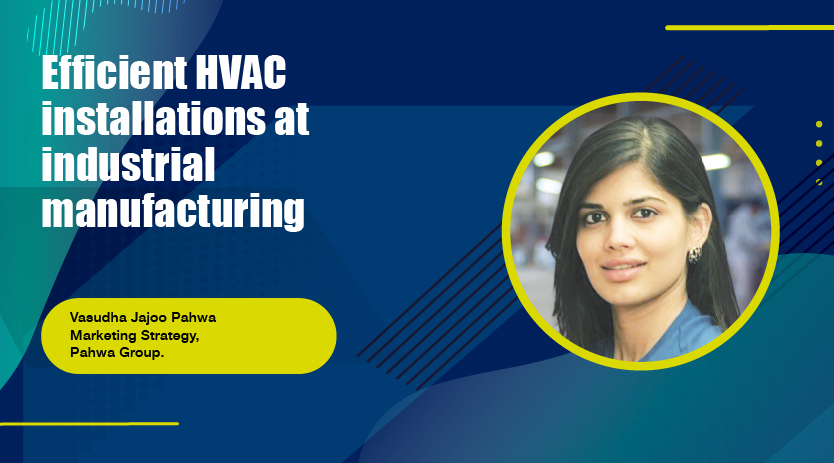
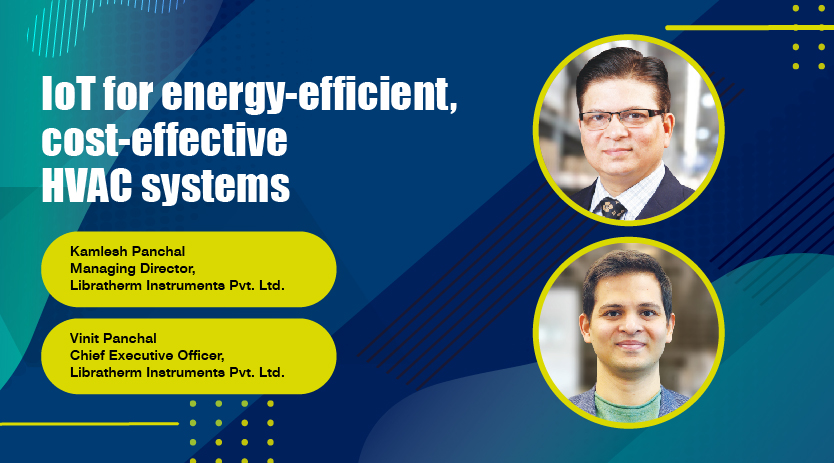




 English
English Hindi
Hindi